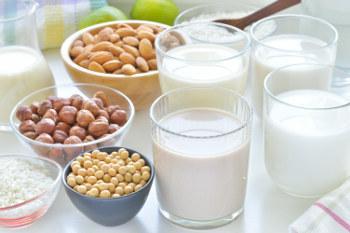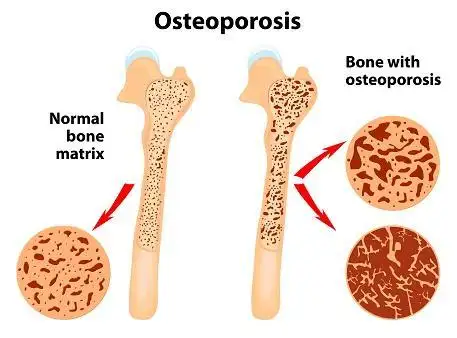Milk: The Universal Superfood

- The backbone of your Health: Milk is a rich source of calcium, and it contains nutrients such as vitamin A, vitamin B12, carbohydrates, phosphorus, selenium, magnesium, protein, zinc and riboflavin. These vitamins, minerals and trace elements fulfill vital roles in various metabolic functions of the body. Calcium promotes healthy bone growth in children and maintains bone strength in adults. Calcium, magnesium, phosphorus, and protein are very important for healthy bone formation, growth and development. The functioning, durability, and repair of our bone and skeletal system are all dependent on them. Calcium maintains bone mineral density preventing fractures. Read more
Romosozumab increases BMD!

Osteoporosis is commonly seen in large numbers nowadays. Post menopausal women and men of age 70 years and above are at an increased risk for this condition. Bone Mineral Density (BMD) is the test which measures the amount of minerals such as calcium in your bones. It is done using X-ray and Computed Tomography (CT) scan. This information is then used to estimate the strength of your bones.
Read more




